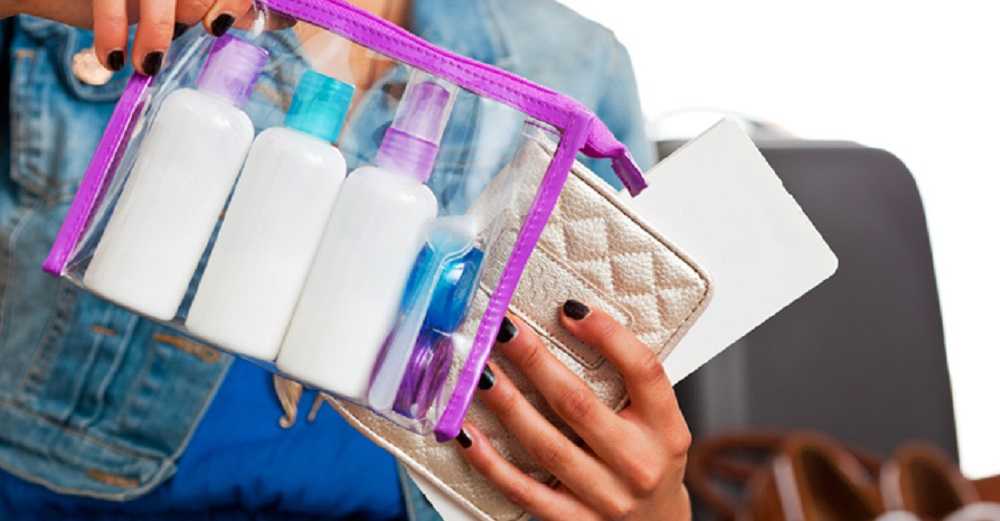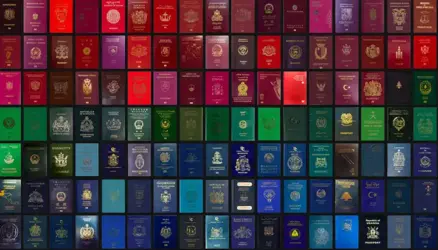Explanation of what you can and cannot pack in your hand luggage

Holidays abroad have been off the table for the past few years due to the pandemic, but with normal life returning, many people will be jetting off to foreign shores this summer.
And if you haven’t been anywhere in a while, you may be wondering what to pack for your trip – especially when it comes to hand luggage.
Airlines have very strict rules about what you can bring on board and what must go in the hold in your suitcase.
But what exactly can you bring in your hand luggage – and what should you avoid?
Here’s what you should know before you go:
What can you fit in your carry-on?
It is permissible to bring liquids, food, electronics, and medicine in your hand luggage, but there are restrictions that must be followed.
Food

Any type of solid food product, such as sandwiches or snacks, is generally permitted as long as no other passengers have allergies – so, for example, if you plan on bringing nuts onboard, you should check with your airline first.
Liquid or semi-liquid food (such as jam and honey) falls under the rules governing liquid on planes – that only 100ml can be taken – and must be stored in a clear plastic bag as described above.
Liquids

Most liquids, including water and beverages, are permitted on board a plane.
Cosmetics such as creams, oils, lotions, perfumes, and make-up such as mascara and lip gloss are considered liquids and are permitted to be brought.
Hairspray, shaving foam, toothpaste, shower gel, and contact lens solution are also permitted.
E-cigarettes and vapes are also included in this category and must be transported in hand luggage – they are not permitted in the hold.
There are, however, some ground rules to follow:
Containers must be no larger than 100ml.
Containers must be placed in a single, transparent, resealable plastic bag measuring approximately 20cm x 20cm and holding no more than a litre.
You must be able to comfortably fit the contents inside the bag and seal it.
The top of the bag must be sealed, not tied or knotted.
Only one plastic bag per person is permitted.
The bag must be displayed at the airport security checkpoint.

There are some exceptions to the preceding. These are some examples:
Essential medicines, such as liquid dietary food and inhalers – more information about what you can take with you in this case can be found on the Government website. You will need supporting documentation, such as a prescription or a doctor’s letter, for this.
There is no limit to the amount of baby food and milk you can bring, but you should check with your airline to see what their requirements are.
Even if you are not traveling with a baby, you can bring breast milk onboard in containers of up to 2,000 ml. Frozen breast milk, on the other hand, is not permitted in hand luggage.
More information about allowances and what you can and cannot take on board can be found on the Government website once again.
Duty-free items – If you purchase anything larger than 100ml in the airport, you may bring it on board as long as the items are sealed inside a security bag when purchased and the receipt is sealed in the bag and visible.
Sports equipment
The majority of sports equipment cannot be transported on a plane and must be checked into the hold.
Sports parachutes, tennis rackets, billiards cues, and fishing rods are a few exceptions to this rule.
However, you should double-check with your airline before departing.
Electronics

You can only bring certain electronic devices in your hand luggage, which are as follows:
Mobile phone
Laptop
MP3 player
Tablet devices
Travel iron
Electric shaver
E-cigarettes
Hair dryer/straighteners
Cameras (although some specialist equipment may not be allowed in hand luggage)
You should charge your devices before traveling because if they do not turn on when requested, you will not be allowed to take them onboard.
Other things

If you are traveling with anything that is not on this list and are unsure whether you can carry it in your hand luggage, you should contact your airline before you travel to find out.




















